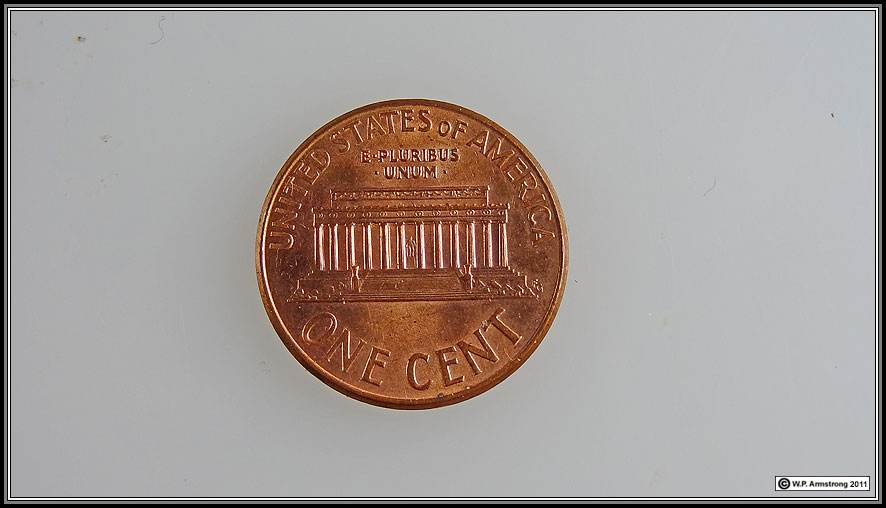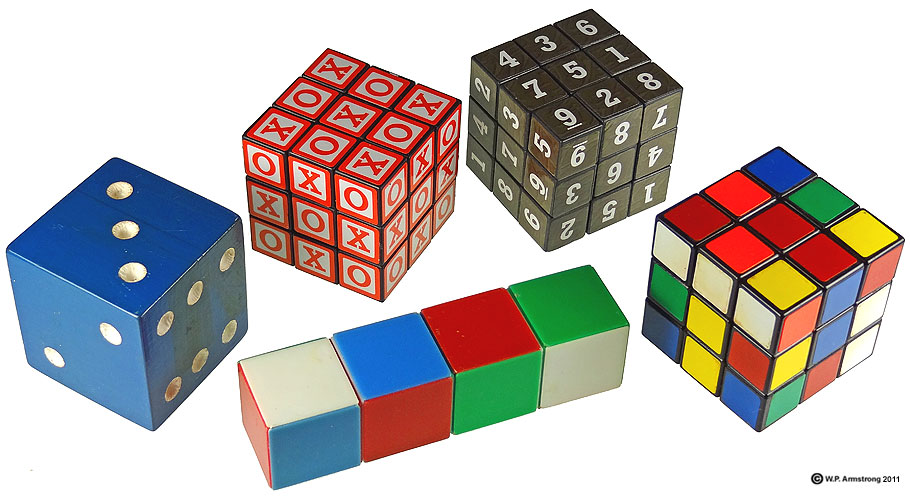HTML5 Practice Page
TEST

Sony DSC-HX9V In Hand-Held Twilight Mode
The following close-up images were taken in Hand-Held Twilight mode. This mode does not have the ultra macro of T-9s and T-10s, but still allows you to zoom up to 3.0 X and get within 2-3 inches of the subject. The image quality is good, about the same as the waterproof TX-5. The images are not quite as sharp as my Nikon D-90 with 60mm Micro Nikkor AF-S F/2.8G ED Macro Lens & Phoenix Ring Flash, but this little camera costs about 1/3 of a singe Nikon lens.

Sony DSC-HX9V Using Program Mode (No Flash)

TEST
Sony DSC-HX9V Using Program Mode (With Flash)

Sony DSC-HX9V Using Superior Auto Mode
Sony DSC-HX9V Using Program Mode With Photoflood Lights On Light Box

TEST Conclusions: For close-up macro images in the field, I would still carry my T-9 or T-10. If I am out in the rain I would carry the TX-5. For the advantages of high resolution panorma and a decent telephoto, I would definitely slip the HX9V into my pack. A more expensive, higher end Sony product called the NEX-7 mirrorless camera with interchangeable lenses is soon to be released. Stay tuned!
|